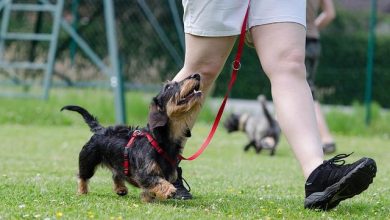Should Positive Reinforcement Be Used Exclusively in Dog Training
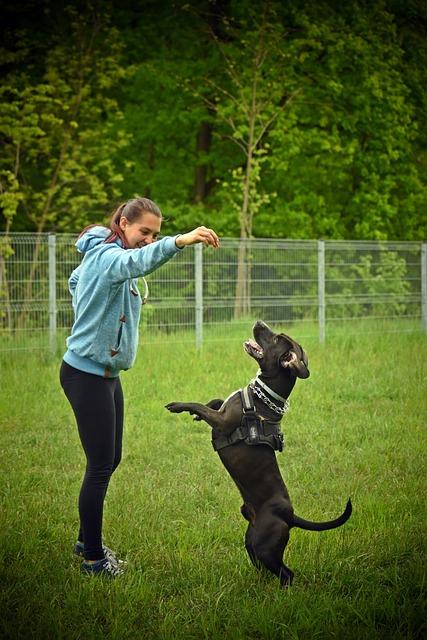
In the vibrant world of dog training, where wagging tails and eager eyes meet the complexities of human expectations, a fundamental question echoes through the minds of pet owners and trainers alike: Should positive reinforcement stand alone as the guiding star in teaching our canine companions? As the bond between humans and dogs continues to evolve, so too does the debate over the most effective and humane methods to cultivate good behavior and mutual understanding. This article delves into the heart of this debate, exploring the merits and limitations of relying solely on positive reinforcement, and considering whether this approach is the ultimate path to nurturing well-behaved, happy dogs. Through examining expert opinions, scientific studies, and the experiences of everyday dog owners, we aim to illuminate the diverse perspectives that shape this ongoing conversation.
Exploring the Fundamentals of Positive Reinforcement in Canine Education
Positive reinforcement is a cornerstone of modern dog training, rooted in the principles of rewarding desired behaviors to encourage their recurrence. This method is built on the understanding that dogs, like humans, are more likely to repeat behaviors that bring them pleasure or rewards. Positive reinforcement can take many forms, including treats, praise, or playtime, and it is lauded for its ability to build trust and a strong bond between dogs and their handlers. However, it is crucial to consider whether this approach should stand alone in the complex world of canine education.
While many trainers advocate for an exclusive use of positive reinforcement, others argue for a more balanced approach. Some situations might benefit from integrating other methods to address specific behavioral challenges effectively. Here are some considerations:
- Individual Temperament: Dogs have unique personalities and learning styles, which may require a blend of techniques.
- Behavioral Issues: Certain issues, like aggression or fear, might need a tailored approach beyond positive reinforcement.
- Training Goals: The end goals of training, whether basic obedience or advanced agility, can influence the methods used.
Ultimately, the decision of whether to use positive reinforcement exclusively should be informed by the dog’s needs and the trainer’s expertise, ensuring a humane and effective training experience.
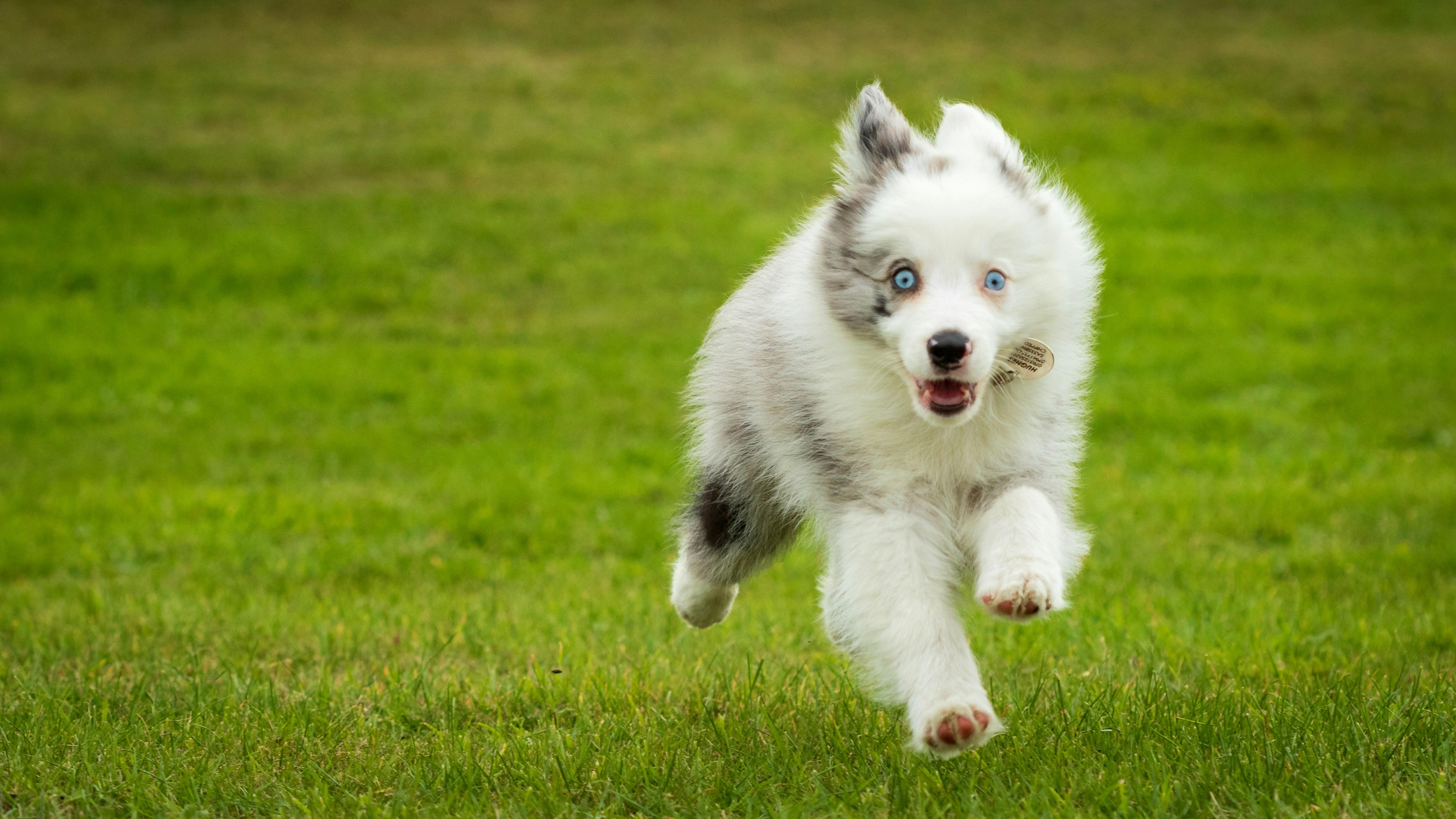
Balancing Rewards and Boundaries: A Holistic Approach to Dog Training
In the intricate dance of dog training, finding the equilibrium between rewards and boundaries is essential for fostering a well-behaved companion. Positive reinforcement, with its emphasis on rewarding desirable behaviors, has gained popularity for its humane and effective approach. Yet, it’s crucial to recognize that a holistic training strategy may require a blend of techniques. Incorporating clear boundaries alongside positive reinforcement can help dogs understand not just what is rewarded, but also what behaviors are discouraged.
Consider the following elements for a balanced training plan:
- Consistency: Establish consistent rules and rewards to create a predictable environment for your dog.
- Clear Communication: Use both verbal and non-verbal cues to clearly communicate expectations.
- Variety of Rewards: Mix treats, toys, and praise to maintain motivation.
- Time-Outs: Use brief time-outs to convey the consequence of undesirable behaviors.
By integrating these aspects, trainers can nurture a relationship based on mutual respect and understanding, paving the way for a harmonious coexistence.
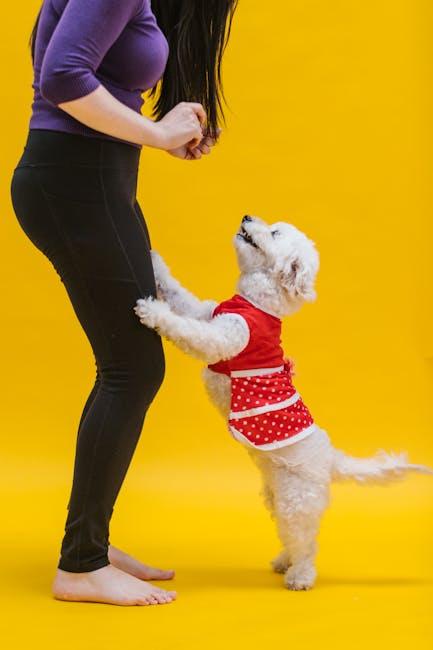
The Role of Consistency and Timing in Effective Positive Reinforcement
- Consistency is the backbone of any successful training regimen. When reinforcing a dog’s behavior, it is crucial to apply the same standards and rewards each time the desired action is performed. This not only helps the dog understand what is expected but also builds a sense of reliability and trust between the trainer and the animal. Without consistency, commands can become confusing, leading to mixed signals and diminished results.
- Timing is equally critical in the realm of positive reinforcement. Rewards should be delivered immediately after the desired behavior is exhibited to ensure the dog associates the reward with the correct action. A delay, even by a few seconds, can lead to misunderstandings, as the dog might not connect the reward with the action intended to be reinforced. Therefore, honing the skill of timely reinforcement can significantly amplify the effectiveness of the training process.
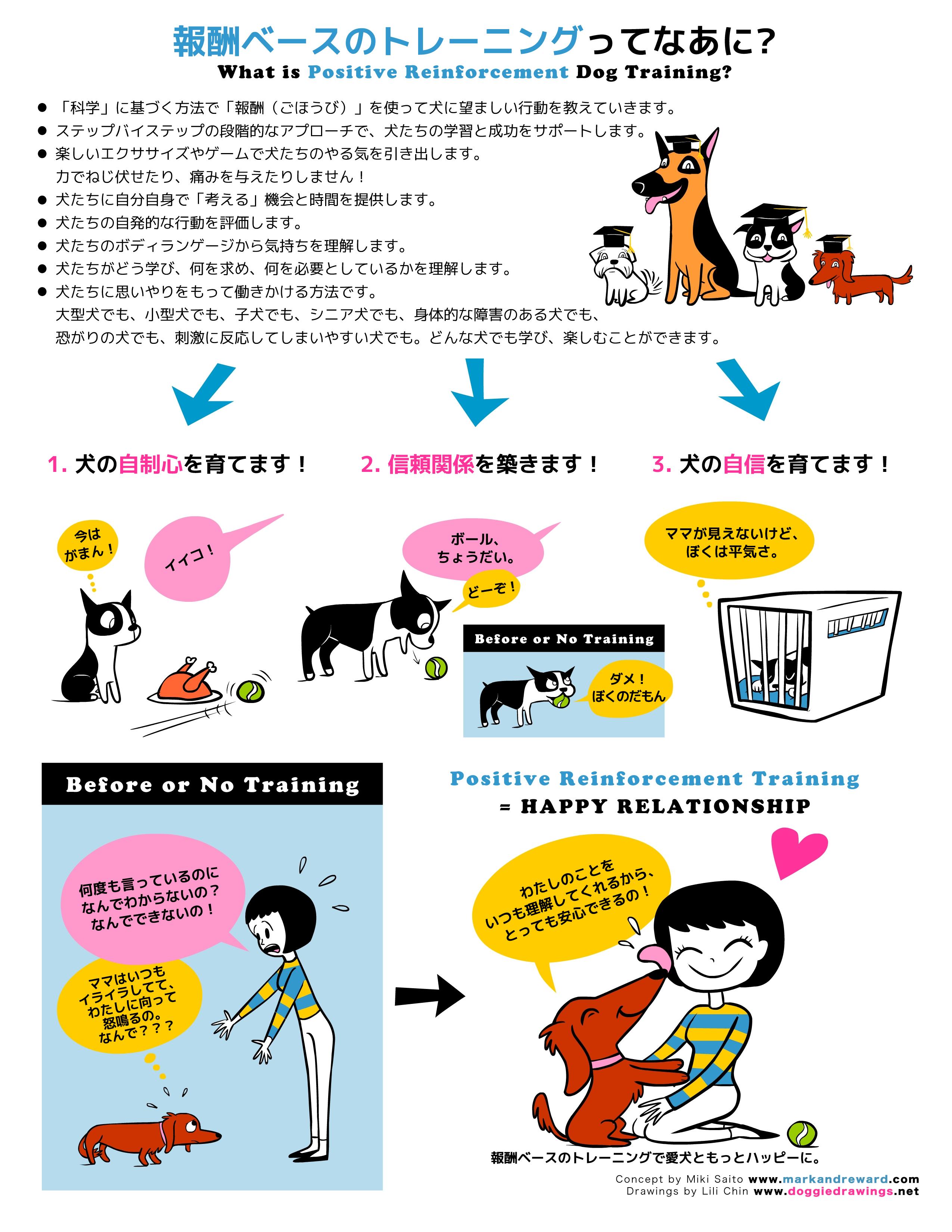
Expert Recommendations for Integrating Positive Techniques with Traditional Methods
Balancing positive reinforcement with traditional dog training methods requires a nuanced approach that considers the unique needs of each dog. Experts suggest that rather than relying solely on one method, a blended approach can yield better results. Positive techniques, such as rewarding desired behaviors with treats or praise, can be incredibly effective for building trust and encouraging learning. However, traditional methods, when used judiciously, can help set boundaries and instill discipline.
- Consistency is Key: Ensure that both positive and traditional methods are applied consistently to avoid confusing your pet.
- Understand Your Dog’s Personality: Tailor your approach based on whether your dog responds better to rewards or needs a firmer structure.
- Focus on Safety and Comfort: Any method employed should prioritize the well-being and comfort of your dog.
Combining these techniques allows trainers to create a more holistic and adaptable training regimen. This hybrid approach can accommodate a wide array of canine temperaments, ensuring that training remains a positive experience for both the dog and the owner.
